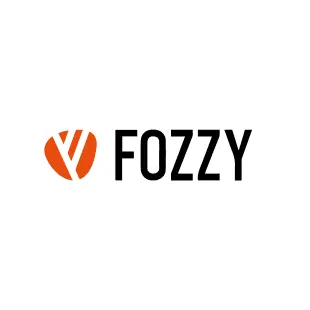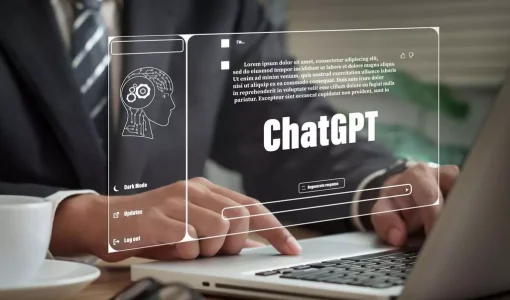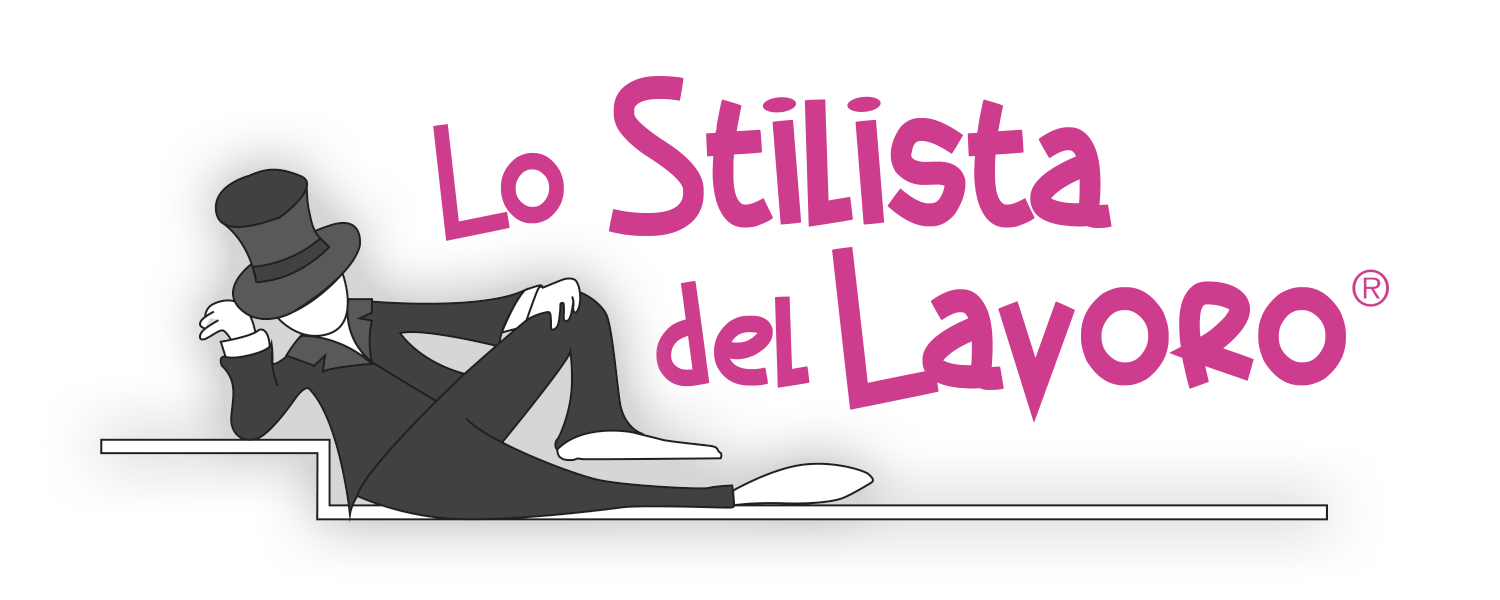In particular, developers are using NLP to build bots that can better understand human speech and talk-to-text. These technologies also make it possible to better understand the intent behind what is being said and to respond more intelligently. Rules-based chatbot technology acts based on click actions, like a customer answering “yes” or “no,” or by recognizing a particular keyword or group of keywords. For example, a cosmetics company might create a bot that questions users about their makeup preferences, then recommends products and offers that match their responses.
- De Freitas created one of the very first of these kinds of chatbots, LaMDA, which has since been followed up by large language models like ChatGPT, Bard, Bing Chat and others.
- A chatbot operates from an extensive knowledge base that allows the AI program to be integrated into multiple industries.
- A very granular way to analyze chatbot performance is to focus on each individual message and measure each individual success rate.
- Neural networks are good at a lot of things, including mimicking human language in what are called large language models.
- Figuring out exactly what kind of chatbot a business should make can also be challenging.
- Have you shopped online and had a pop-up ask if you needed assistance?
In today’s time, where customers believe that the experience a company provides is as important as its products or services. You can pretty much say that bots are a critical part of customer service automation. IBM features Watson Assistant on its website as an easy way to address customers’ basic questions. Combining natural language processing, deep learning and machine learning, Watson can aid customers with interactive demos, reaching IBM team members and explaining what Watson is. Whether it’s to improve customer experience or boost operational efficiency, chatbots are quite useful, and they offer a variety of benefits for both businesses and individual users.
What Is a Chatbot?
And here are some successful chatbots blazing the trail across many different industries. PTC’s Persona Targeting chatbot homes in on the visitor’s specific industry by offering them the chance to speak with an industry expert. Brandwatch’s Contact Us chatbot offers site visitors the chance to skip the form and connect with a human right then and there. You can find the answers in The Conversational Marketing Blueprint. Chatbots are not just reactive in nature, they are a great way for all customer-facing teams to proactively engage with visitors. Millions of chatbots are active on the internet today, but here are a few notable examples.
- Living in the age of convenience, speed and accessibility, businesses and consumers look for tools that save time while offering better results.
- Chatbots are often created for particular companies and for specific purposes.
- There’s a big difference between conversational AI and traditional rule-based chatbots.
- Since September 2017, this has also been as part of a pilot program on WhatsApp.
- Given that customers prefer to message companies directly, bot marketing can help resolve customer queries more efficiently while meeting your customers when and where they need you.
- More pleasant user experiences and faster and simpler customer service interactions.
In these cases, the computer program behind the chatbot sticks to a strict set of predefined rules and has little ability to recognize the way people naturally speak. Virtual agents take this a step further, using sophisticated machine learning algorithms and natural language processing to simulate human-like conversations and provide a more seamless customer experience. There are
various types of chatbot platforms available, ranging from simple rule-based
systems to more advanced AI-driven solutions. Rule-based chatbots follow
pre-determined decision trees or scripts, while AI-driven chatbots use machine
learning algorithms to analyze and understand user input, enabling more
flexible and context-aware responses.
#1. Use a chatbot platform
It is nearly impossible to listen to all your customers at once as a business. AI chatbots can comfortably handle several—hundreds perhaps—of visitors simultaneously. Automation, including the implementation of AI-powered chatbots, also helps service teams with increasing customer demands. Repetitive, manual tasks slow agent productivity and frustrate customers. While today’s bots still can’t handle all customer queries, they can respond to frequently asked questions or perform straightforward tasks.
Is Alexa a chatbot?
Alexa Virtual Assistant – Definition & use cases
Alexa is a virtual assistant technology that employs A.I. and NLP to parse user queries and respond. It is developed by Amazon and is mostly used in Echo speakers and smartphones.
But chatbots are programmed to help internal and external customers solve their problems. A critical aspect of chatbot implementation is selecting the right natural language processing (NLP) engine. If the user interacts with the bot through voice, for example, then the chatbot requires a speech recognition engine. On the consumer side, chatbots are performing a variety of customer services, ranging from ordering event tickets to booking and checking into hotels to comparing products and services. Chatbots are also commonly used to perform routine customer activities within the banking, retail, and food and beverage sectors. In addition, many public sector functions are enabled by chatbots, such as submitting requests for city services, handling utility-related inquiries, and resolving billing issues.
Chatbots vs conversational AI
Customers want their problems handled immediately and via the channels they prefer. Chatbots make that possible by redefining the customer service people have known for years. Then, it matches these keywords with responses available in its database to provide the answer. Hola Sun is a popular travel agency that specializes in vacation packages for Cuba. The company uses a chatbot on Messenger to make sure that customers never go unanswered even if it’s outside working hours.
What is a chatbot used for?
Chatbots are conversational tools that perform routine tasks efficiently. People like them because they help them get through those tasks quickly so they can focus their attention on high-level, strategic, and engaging activities that require human capabilities that cannot be replicated by machines.
They follow a set of pre-designed rules to mimic real-life interactions and answer customer questions. In addition, chatbots that use artificial intelligence (AI) and natural language processing (NLP) can analyze these interactions at an almost human level. Chatbots can be used for practical purposes, such as customer service or information acquisition. Some chatbots will be equipped with natural language processing systems, but most simple systems will only retrieve the input keywords, and then find the most appropriate response sentence from the database.
How Chatbots Are Helping Businesses
Language Independentbutton bots don’t need to know or process any language, so they can work in any language they’re programmed for. They are a great help for both companies and users to quickly manage many repetitive and boring tasks. They are able to segment requests according to the type of problem and, when necessary, direct them to human agents, helping to keep hotlines open 24 hours a day. They can hold simultaneous conversations with a multitude of users at the same time. With a chatbot, this time constraint no longer exists and they are perfect for continuing to deal with requests during off-peak business hours.
Amouranth launches AI chatbot that lets fans go on ‘dates’ with ‘her’ – Polygon
Amouranth launches AI chatbot that lets fans go on ‘dates’ with ‘her’.
Posted: Mon, 22 May 2023 07:00:00 GMT [source]
In all practical ways, this allows a reduction in overhead expenses and increased efficiency. Yet what you see are just the basics of what chatbots really do for a business. In this blog, we will uncover all the mysteries of the wonders chatbots can do for your business – What are chatbots? The current evaluation of the intelligence of chatbots is also a challenge.
What Is a Chatbot and What Are Chatbots Used For?
Chatbots for marketing can maximize efficiency in your customer care strategy by increasing engagement and reducing friction in the customer journey, from customer acquisition to retention. Instead of dedicating your team’s time to answering all incoming customer queries, chatbots can automate many activities, such as responses to frequently asked questions or gathering customer feedback. This automation can significantly lower time constraints while reducing customer service costs, so you can focus on optimizing your strategy.
Furthermore, it may retain information on user intent gathered across numerous platforms and channels, ensuring that the conversation’s context matches the needs of the consumer at every touchpoint. With the rise of new social media interfaces, organizations can now deploy an AI algorithm across all of their customer’s preferred messaging platforms. This includes Facebook Messenger, Twitter, Instagram, as well as messaging apps like WhatsApp and WeChat. It enables a more pleasant online experience for customers and increased engagement for the company – all without adding to a contact center’s workload. Hundreds of thousands of businesses worldwide are developing diverse forms of chatbots intending to enhance customer service. This section explains the various types of chatbots, what they are used for, and which chatbot software could be the most beneficial to your company.
Multilingual conversations
Customers now want an amazing customer experience to go along with amazing products & services. Every business should make sure they are not putting their customers on hold. Consider a scenario where your customer may need help from your customer support team in the middle of the night. And, you don’t have a 24×7 support team to answer your customers’ queries or resolve their issues. Not only that, you might lose your customers to competitors that are always available for them. A Chatbot is a tool that helps automate conversations using machine learning, NLP and algorithms to simulate human interactions.
Straightforward, cut and dry dialogue should be easy enough to follow along. Unlike pattern matching, NLP is more concerned with the context of language. Thus, NLP guides computers in understanding figurative language like homonyms, homophones, sarcasm, idioms, metaphors, grammar, syntax, and more. Learn metadialog.com more about what makes Trio special and meet the wonderful people working to build possibilities. This is true even when the customer knows they’re dealing with artificially intelligent software. As more and more businesses go remote, these are ways to be more effective and efficient on conference calls.
Solutions> Artificial Intelligence Service for Conversational Chatbots
You can order pizza by simply sharing an emoji, then Domino’s chatbots route those orders and ask additional questions if necessary. Chatbot marketing or bot marketing is a technique that leverages automated messaging to communicate directly with customers throughout the purchasing journey. This may look like assisting them with making a purchase, enrolling for a free trial, downloading an asset and more. Given that customers prefer to message companies directly, bot marketing can help resolve customer queries more efficiently while meeting your customers when and where they need you. Researchers at Facebook’s Artificial Intelligence Research laboratory conducted a similar experiment as Turing Robot by allowing chatbots to interact with real people.
- To effectively control bot interactions, a business will need to integrate its chatbot solution with its customer service software.
- Based on the generated model, it does not rely on pre-defined answers, but in the process of training, a large amount of corpus is required, and the corpus includes context and response.
- The most rudimentary type of chatbot in use is one that is based on menu-driven navigation.
- To let your chatbot start interacting with users, activate the selected Entry Point by moving a toggle.
- They are built by compiling huge amounts of written data, feeding it to the AI, and examining how it learns and understands the language over time.
- With a comprehensive knowledge of Amtrek’s site, Julie can sift through content and locate pages that can best answer customers’ questions.
It is over the odds to lose out on customers across digital platforms who can bring potential value to a company. Engati provides easy deployment of chatbots across multiple digital platforms to stay connected with all your customers. To wrap this why now section up lets just look at whether people are truly ready for more digital engagement. From below its quite clear that the population prefers digital as the starting point for customer care interactions. The question from here is whether or not bots can deliver an experience that matches the expectations of users. Knowledge representation has always been an important topic in the field of artificial intelligence, and it is also the basis for chatbots to provide information services.

The H&M bot guides its customers to the online store and navigates their search through outfit possibilities to meet their purchasing desire. The bot helps you pick outfits by suggesting their price and details. If you dislike the outfit suggestion, the chatbot will show you another option. If you like the second option given by the bot, it will give you more options like shop, save, share, or next outfit. Not just H&M, famous brands like eBay also use a chatbot to guide their customers through their purchasing journey. Interested in learning more about chatbots, or even building one yourself?

What are the basic steps for a chatbot?
- Step 1: Give your chatbot a purpose.
- Step 2: Decide where you want it to appear.
- Step 3: Choose the chatbot platform.
- Step 4: Design the chatbot conversation in a chatbot editor.
- Step 5: Test your chatbot.
- Step 6: Train your chatbots.
- Step 7: Collect feedback from users.

